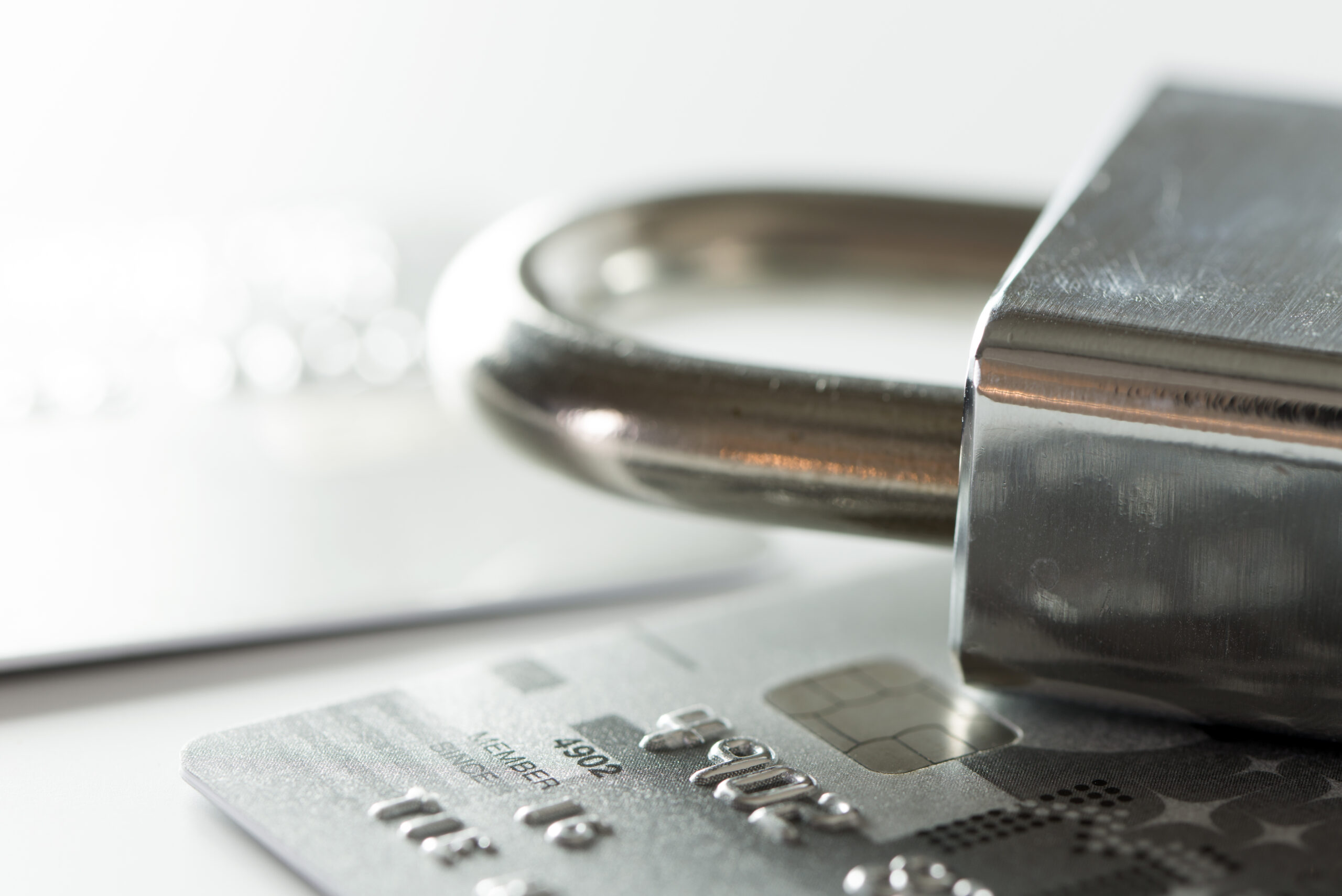In today’s fast paced world, convenience is key. And in the realm of financial transactions, nothing epitomizes convenience quite like contactless payments. As technology continues to evolve, businesses are increasingly turning to contactless solutions to streamline transactions and enhance customer experiences. Let’s delve into the evolution, rise, and benefits of contactless payments, and explore how businesses can leverage this technology to stay ahead of the curve.
Evolution of Payment Processing
The journey towards contactless payments represents a significant evolution in the way we handle transactions. From the early days of cash based systems to the introduction of credit cards and chip technology, the landscape of payment processing has constantly evolved to meet the needs of consumers and businesses alike. It wasn’t until the advent of contactless technology that we truly experienced a revolution in convenience.
Contactless payments build upon the foundation of chip cards, offering a faster and more seamless alternative to traditional card transactions. With a simple tap or wave of a card or smartphone, consumers can complete transactions in seconds, eliminating the need for physical contact or lengthy authentication processes. This evolution has been driven by advancements in NFC (Near Field Communication) technology, which enables secure communication between devices at close range.
The Rise of Contactless Payments
The adoption of contactless payments has skyrocketed in recent years, fueled by the growing demand for speed, convenience, and safety. Especially in light of the global pandemic, contactless transactions have become not just a preference, but a necessity for many consumers and businesses seeking to minimize physical contact and reduce the risk of transmission. According to research, more than half of Americans use contactless payments, and that numbers continues to rise.
Retailers, restaurants, and service providers of all sizes are increasingly embracing contactless solutions to cater to the preferences of their customers. From small businesses implementing tap-to-pay terminals to large corporations integrating mobile wallet options into their payment ecosystems, the rise of contactless payments is undeniable.
Benefits and Business Opportunities
The benefits of contactless payments extend beyond convenience alone. For businesses, adopting contactless solutions can lead to improved efficiency, reduced transaction times, and enhanced customer satisfaction. By streamlining the checkout process and minimizing friction at the point of sale, businesses can create smoother and more enjoyable shopping experiences for their customers, ultimately driving loyalty and repeat business.
Moreover, contactless payments offer enhanced security features, including tokenization and encryption, which help protect sensitive payment information from fraud and unauthorized access. With the ability to accept payments securely across various channels; whether in store, online, or via mobile devices, businesses can cater to the diverse preferences of modern consumers and expand their reach in an increasingly digital marketplace.
The Future of Convenient Transactions
In a world where convenience reigns supreme, contactless payments have emerged as the future of convenient transactions. As the adoption of this technology continues to rise, businesses must adapt to meet the evolving expectations of their customers. By embracing contactless solutions, businesses can streamline transactions, enhance security, and create seamless experiences that drive growth and success.
At SanctusPay, we understand the importance of staying ahead of the curve in today’s rapidly changing payment landscape. With our payment processing solutions and unwavering commitment to innovation, we empower businesses to thrive in the digital age. Contact us today to learn more about how SanctusPay can support your payment processing needs and help you unlock the full potential of contactless payments.




